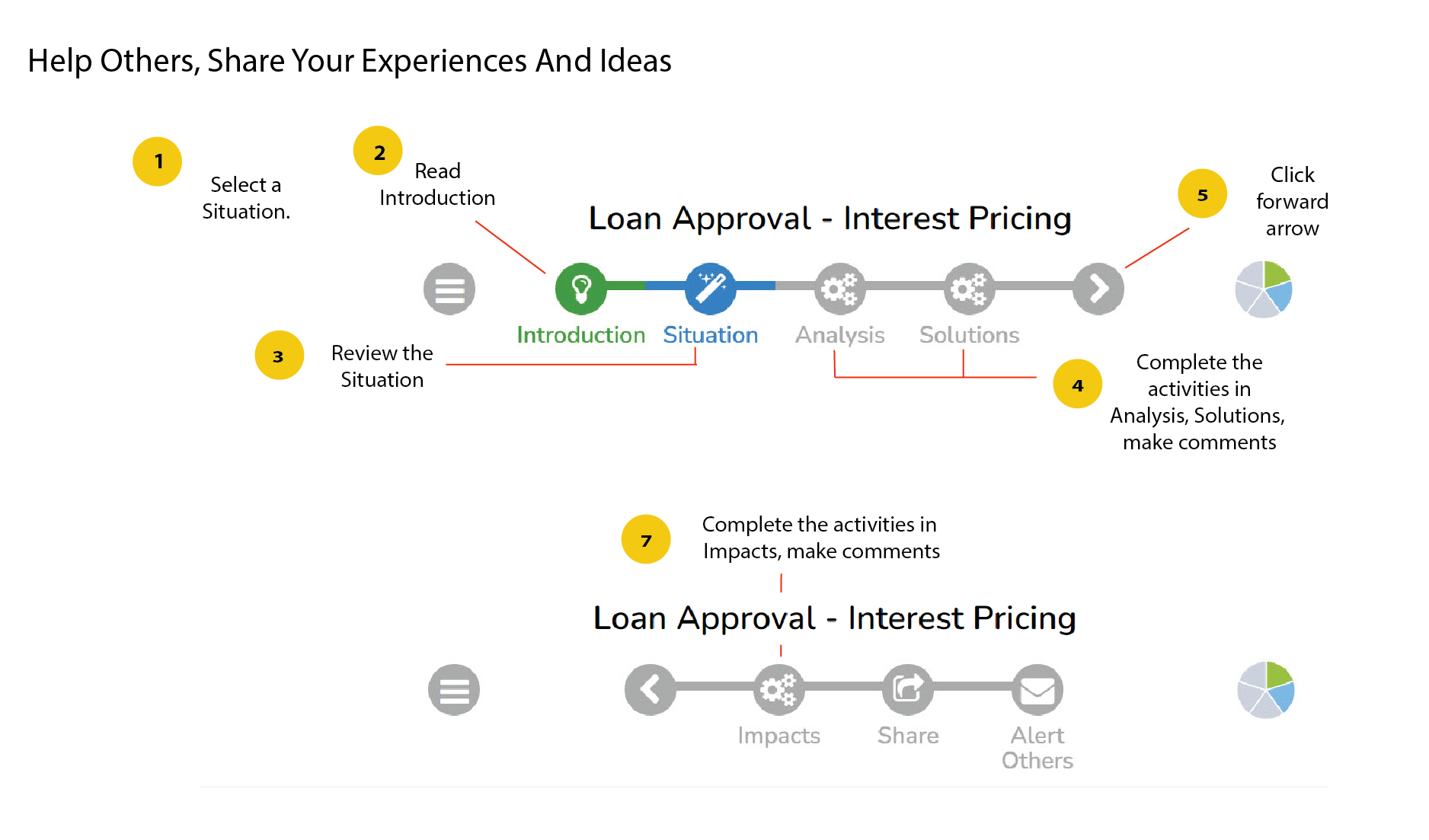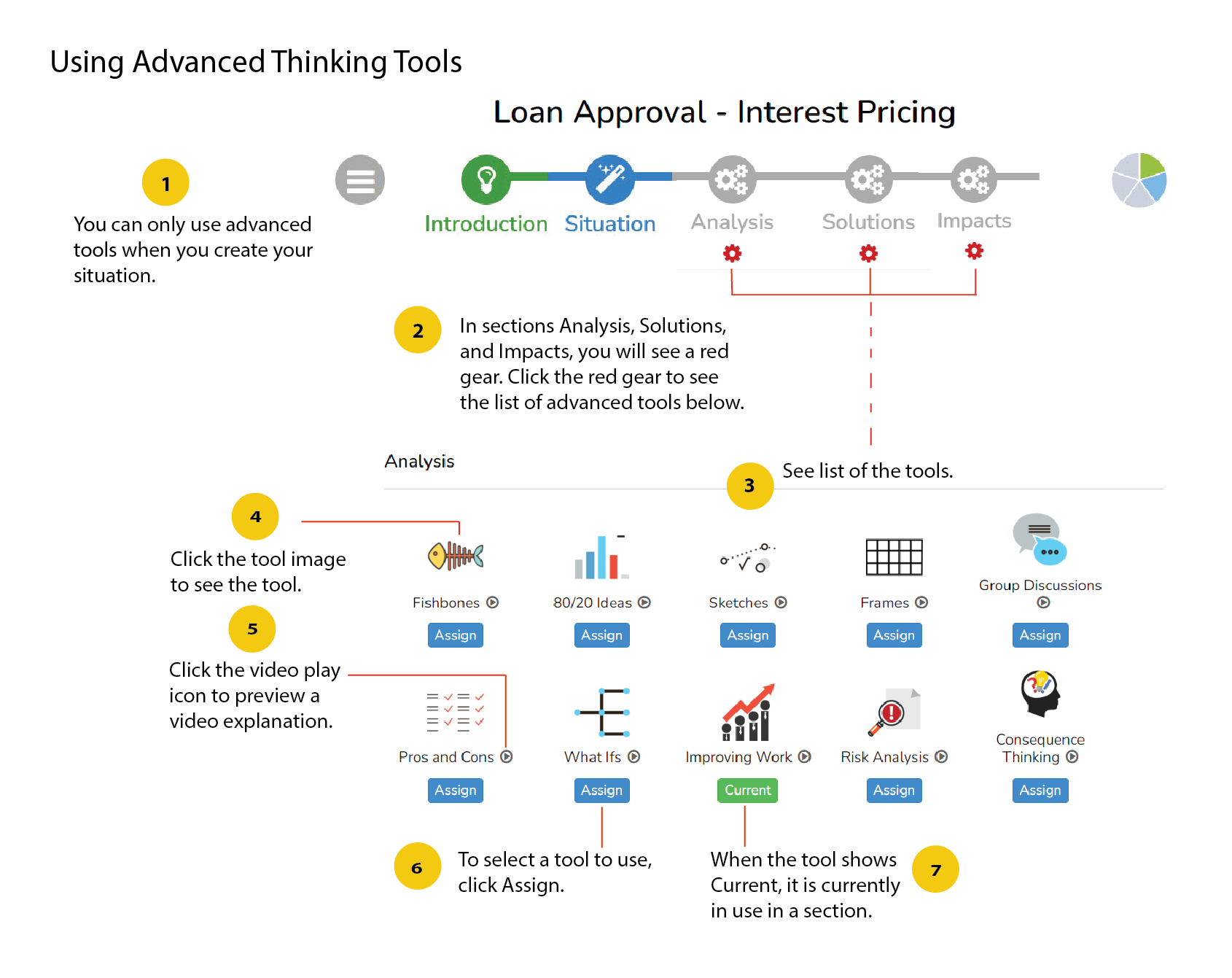
Our Stories

Stories in Thinking Together
Our goal
In "Stories in Thinking Together" our goal is to help our teams scale our critical thinking capacities. On a regular basis, daily, weekly, or anytime you wish, you can submit your situations - issues you encounter at work that needs fixing, solving, or improving. We are always looking for stories!
Learning from each other
The best way to learn is by sharing our experiences, extending help to others, and cooperating to fix, solve, and improve work. We are better thinking together.
Basic things to do
After you register, go to your profile (top right with your name), and click Profile. Complete the information.
In "Stories in Thinking Together" our goal is to help our teams scale our critical thinking capacities. On a regular basis, daily, weekly, or anytime you wish, you can submit your situations - issues you encounter at work that needs fixing, solving, or improving. We are always looking for stories!
Learning from each other
The best way to learn is by sharing our experiences, extending help to others, and cooperating to fix, solve, and improve work. We are better thinking together.
Basic things to do
After you register, go to your profile (top right with your name), and click Profile. Complete the information.
Your roles and tasks
Submitting situations:
- Create a Situation (we also call it a Sitch). They are work problems, gaps, or challenges.
- Complete steps Introduction, Situation, Analysis, and Impacts.
- View or add Resources
- Alert your connections, team members, or peers to share their experiences in handling the situation.
Helping or sharing with others:
- Visit your team's Situations.
- Ask questions. Make comments.
- Share your experiences and solutions by reviewing the Situation, and then completing Analysis, Solutions, and Impacts.
Quick Tips
- Start creating tiny, very small, and easy Situations. Situations are items or issues you fixed, solved, or improve using critical thinking steps: situation, analysis, solutions, and impacts.
- Examples of small and easy Situations are: a temporary fix to the broken printer - like kicking it is a solution (smile); changing a small step in the process; improving a training technique; making a customer happy because you offered a good solution; skipping a step in a procedure because it was not necessary; and others.
- The important thing is to apply the process no matter how small the situation is. For example, in Fishbone, Checklist, or Impacts, post answers even if there are only a few ideas. Use the “Add Comments” box to add more ideas and discussions. You can always add ideas later.
- When you create a situation, you are sharing your experiences with your teams and peers. You are showing how you are “thinking through” or “figuring out” the fix, solution, and impact of your situation. Ask for their comments. Request for their suggestions. And ask for them to share their experiences.
- Help your peers. To cooperate or collaborate with your peers, review their situations, especially those that are related to your work. Review the situation, analysis, solutions, and impacts. Share how you would approach the problem. Share your experiences. Inspire and provoke your peers.
- Award Deep Smarts. When you see a truly valuable, useful, insightful post from your peers, look for the button “Deep Smarts”, click it and rate the comment and add your thoughts of appreciation and insight.
Submitting Situations

Help Others - Share Your Experiences And Ideas

Using Advanced Thinking Tools





